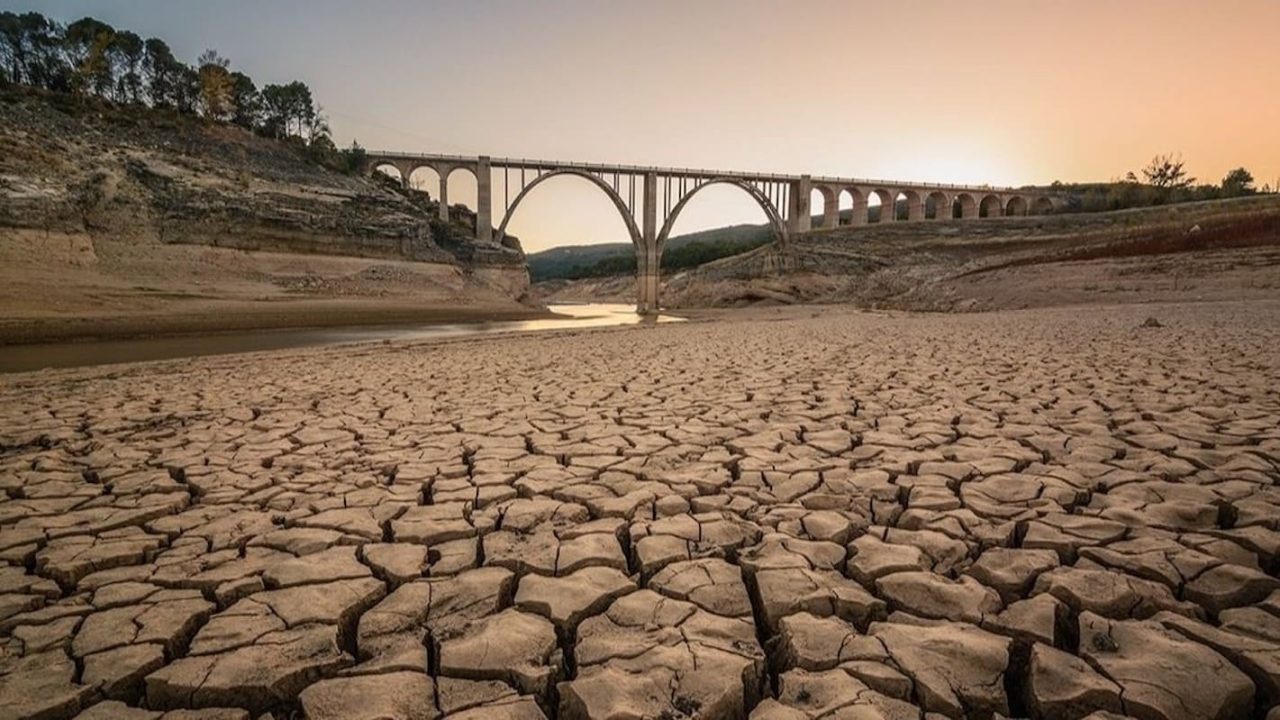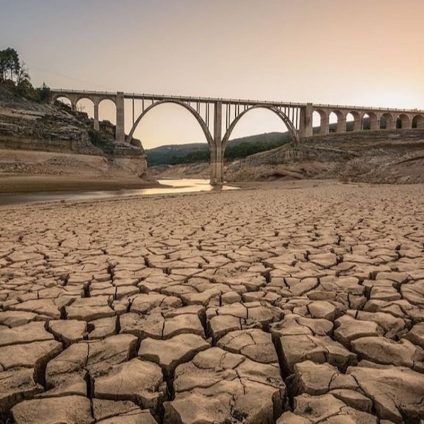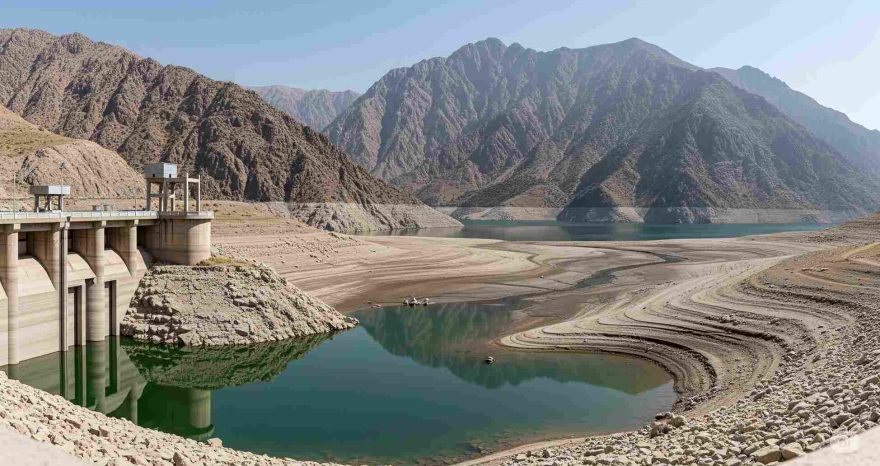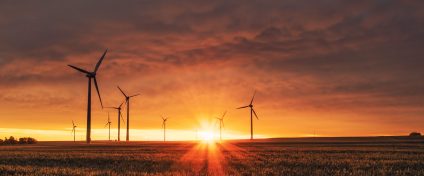Drought continues to worsen, with a devastating impact on people’s lives. It accelerates hunger, poverty, energy insecurity, and the breakdown of environmental balance. As it intensifies globally, a global response is essential, no country can consider itself safe.

A silent killer threatening global stability
Drought is rising sharply, bringing with it a cascade of consequences that threaten both human livelihoods and environmental stability.
According to the Drought Hotspots Around the World 2023–2025 report, developed by the U.S. National Drought Mitigation Center (NDMC) and the United Nations Convention to Combat Desertification (UNCCD), with funding from the International Drought Resilience Alliance (IDRA), drought is a powerful accelerator of hunger, poverty, energy insecurity, and environmental degradation.
The report is based on more than 250 peer-reviewed studies and aggregates data from government and scientific sources across the world’s most drought-stricken regions: Africa (Somalia, Ethiopia, Zimbabwe, Zambia, Malawi, Botswana, Namibia), the Mediterranean (Spain, Morocco, Turkey), Latin America (Panama, Amazon Basin), and Southeast Asia.
Drought is a global catastrophe
Ibrahim Thiaw, executive secretary of the UNCCD, calls drought a “silent killer.” He warns, “It creeps into lives and destroys them, drains resources, devastates livelihoods slowly, and leaves deep scars.”
Many still see it as a distant threat, especially in areas where water still flows from the tap. But this illusion is dangerous.
As Thiaw explains, the threat is both real and global: “When energy, food, and water all disappear at once, the breakdown of society begins. This is the new normal we must be prepared for.”
Co-author Mark Svoboda echoes the urgency: “This is a global catastrophe unfolding in slow motion.”
Without water, there is no life
The report calls for systematic monitoring to understand how drought affects lives, livelihoods, and ecosystems.
We often forget that our survival depends on healthy ecosystems and access to natural resources, especially water. Without it, there is no life.
No country can afford to treat water scarcity as a secondary issue. Some Mediterranean nations are already facing the harsh reality of persistent drought and searching for ways to adapt.
The Mediterranean under pressure
In Spain, a country with many similarities to Italy, water shortages are hitting agriculture, tourism, and domestic supply. Olive oil production has dropped by 50%. In response, the country has invested €22.84 billion in irrigation and water infrastructure.
In Morocco, the sheep population fell by 38% between 2016 and 2025.
In Turkey, drought is accelerating groundwater depletion, causing sinkholes that endanger communities and infrastructure. The water table’s storage capacity is shrinking, in some cases permanently.
No nation is immune
While vulnerable countries are hit hardest, extreme drought driven by uncontrolled global warming affects everyone, even wealthy nations.
The study shows that during 2023–2024, El Niño intensified climate change’s impact, triggering drought conditions in key agricultural regions and fragile ecosystems. Areas already under stress from warming trends, population growth, or weak infrastructure suffered the most.
According to the OECD, the economic cost of a single drought event has doubled since 2000. By 2035, it is expected to increase by 35% to 110%.
From local crisis to global shock
Drought can set off a chain reaction, turning a local crisis into a global economic shock. Its most vulnerable victims are often women, children, the elderly, farmers, and people with chronic illnesses.
Today, about 85% of people affected by water scarcity live in low- and middle-income countries. Proactive management is a matter of good governance, climate justice, and equitable development.
Drought is more than a weather event, it can spark a social, economic, and environmental emergency. Policymakers must prioritize resilience strategies to protect society, and by extension, the economy.
Policy actions to tackle drought
The report outlines urgent recommendations for building resilience:
- stronger early warning systems and real-time drought monitoring, including conditions that affect food and water security
- nature-based solutions, such as restoring watersheds and using indigenous crops
- resilient infrastructure, including off-grid energy and alternative water supply technologies
- gender-sensitive adaptation to ensure that women and girls are not further marginalized
The real question isn’t whether drought will strike again, but whether we’ll be ready next time.












